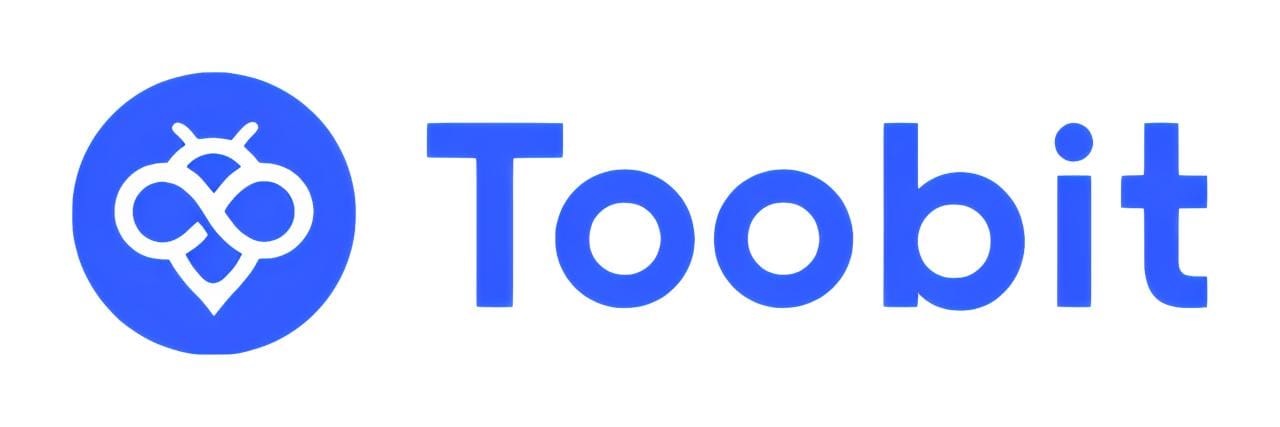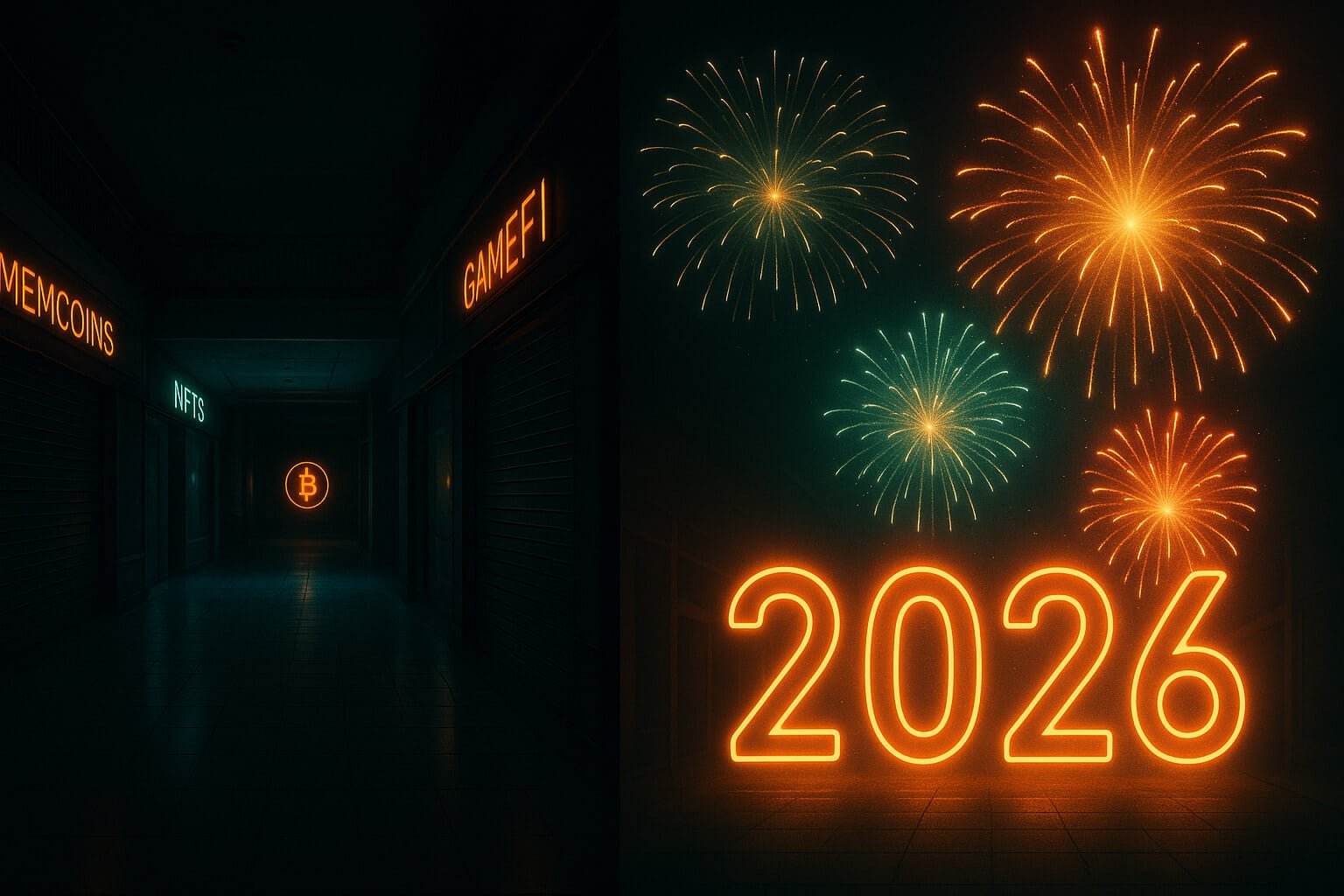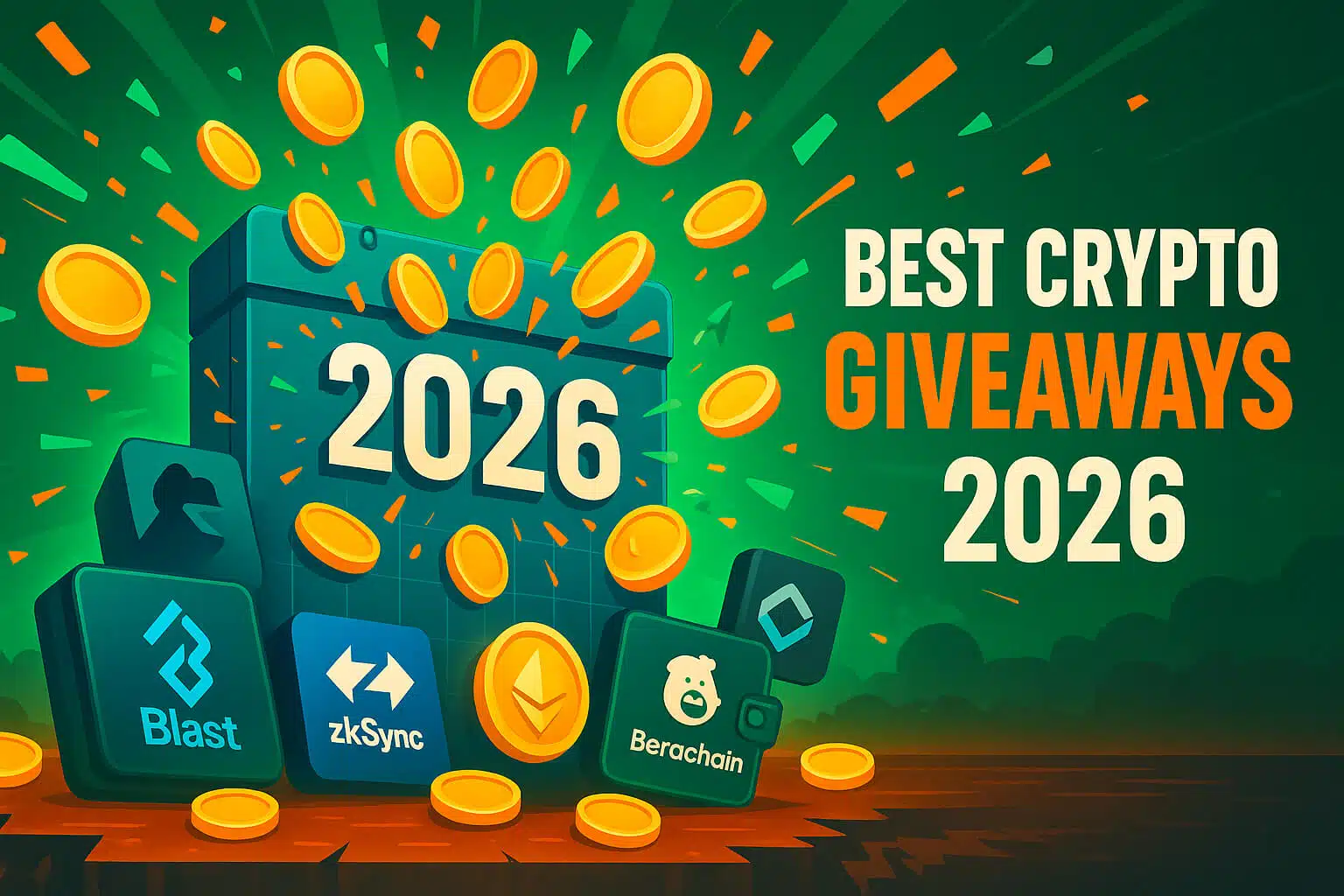Ethena Labs Launches eUSD Token in Partnership with EigenLayer: A New Stablecoin Era
Introduction
Ethena Labs has officially launched eUSD, its latest stablecoin, in collaboration with EigenLayer. This new development aims to reshape the stablecoin landscape by providing enhanced stability, security, and scalability. As decentralized finance (DeFi) grows, stablecoins like eUSD are essential for maintaining liquidity and offering users a reliable, fiat-pegged cryptocurrency. By partnering with EigenLayer, Ethena Labs ensures the stablecoin’s secure and efficient integration into the broader crypto ecosystem.
Stablecoins are crucial for DeFi, enabling everyday transactions, cross-border payments, and serving as a hedge against volatility. With eUSD, Ethena Labs brings a fresh solution to the table, addressing several issues that previous stablecoins have faced.
Let’s take a closer look at what makes eUSD unique and how EigenLayer enhances its performance.
Ethena Labs and EigenLayer: A Powerful Partnership
The collaboration between Ethena Labs and EigenLayer brings together expertise in financial technology and decentralized security infrastructure. Ethena Labs, focusing on stablecoin innovation, has joined forces with EigenLayer to build a reliable, scalable solution for DeFi users.
1. Ethena Labs’ Vision for Stablecoins
Ethena Labs has introduced eUSD as part of its commitment to creating more resilient and stable digital currencies. The stablecoin is pegged to the US dollar, providing stability for users who want a dependable store of value. What sets eUSD apart from other stablecoins is its dual-mechanism pegging, combining reserve-based security with advanced smart contract features. This method reduces risks, such as de-pegging, seen in some earlier projects.
By incorporating a dual pegging system, eUSD can maintain its value even in volatile markets. Ethena Labs ensures that the token remains reliable, making it a promising option for DeFi users and beyond.
2. EigenLayer: Enhancing Security Through Ethereum Staking
EigenLayer, known for its decentralized trust network, adds a crucial layer of security to the eUSD ecosystem. Through Ethereum staking, EigenLayer ensures that eUSD transactions remain secure and scalable. This partnership strengthens eUSD’s infrastructure, making it an ideal stablecoin for large-scale DeFi applications.
EigenLayer’s decentralized model ensures that all transactions on the network are validated through trusted nodes, reducing risks and enhancing overall security. For more insights into decentralized security solutions, explore our blog on How Blockchain Is Enhancing Data Privacy and Security.
Key Features of eUSD
Ethena Labs designed eUSD with a clear focus on addressing the limitations of previous stablecoins. From improved stability to enhanced scalability, eUSD brings several key innovations.
1. Stability Through Dual Pegging
One of the most significant features of eUSD is its dual pegging mechanism. While pegged to the US dollar, eUSD also incorporates smart contracts and algorithms to maintain its value. This unique approach ensures that the token remains stable even during market fluctuations, reducing the risk of de-pegging.
Ethena Labs’ focus on creating a stable, reliable currency makes eUSD a better alternative for cross-border payments, remittances, and everyday DeFi transactions. For more on how stablecoins maintain their pegs, check out our blog on The Impact of Airdrops on Long-Term Token Holding.
2. Built for DeFi Users
eUSD is particularly well-suited for DeFi applications. Ethena Labs has designed the token to support decentralized finance activities, such as lending, trading, and yield farming. With stability and scalability built into its structure, eUSD allows DeFi users to execute transactions without worrying about significant price fluctuations.
This focus on DeFi positions eUSD as a major player in the ecosystem, offering smoother transactions and more predictable returns for investors.

How EigenLayer Enhances eUSD’s Performance
EigenLayer plays a pivotal role in ensuring that eUSD operates securely and efficiently. By leveraging Ethereum staking, EigenLayer adds a decentralized layer of trust that makes eUSD even more reliable.
1. Ethereum Staking for Enhanced Security
Through Ethereum staking, EigenLayer secures the eUSD network, validating transactions and ensuring they are processed with minimal risk. This decentralized model allows eUSD to operate at a high level of security, making it more attractive to users looking for a safe, reliable stablecoin.
For those interested in learning more about staking and its benefits in decentralized systems, check out our blog on Getting Started with Solidity Programming.
2. Scalability Without Sacrificing Security
As demand for stablecoins grows, scalability becomes crucial. EigenLayer provides the infrastructure needed to scale eUSD transactions without compromising security or speed. This scalability ensures that eUSD can handle high transaction volumes, making it a solid choice for DeFi users who need fast, reliable transactions.
By integrating with EigenLayer, Ethena Labs has positioned eUSD to scale seamlessly, while maintaining trust and security—an essential feature in the evolving DeFi landscape.
The Future of eUSD in DeFi and Beyond
With the launch of eUSD, Ethena Labs is setting the stage for its stablecoin to be more than just another digital currency. Its focus on reliability, scalability, and versatility will allow eUSD to thrive in various markets, from DeFi to cross-border payments.
1. Expanding Use Cases for eUSD
Ethena Labs envisions eUSD being used far beyond the DeFi space. In addition to being a reliable asset for traders and investors, Ethena plans to expand eUSD’s use in cross-border transactions and remittances. This stablecoin could soon become a global medium of exchange, offering users an efficient, stable alternative to traditional fiat currencies.
This expanded use case positions eUSD as a flexible currency that meets the needs of both consumers and businesses. For more on how stablecoins are transforming various industries, check out our blog on The Future of Cross-Chain Interoperability.
2. Competing in a Crowded Stablecoin Market
The stablecoin market is competitive, with giants like Tether (USDT) and USD Coin (USDC) already well-established. However, eUSD stands out due to its combination of dual pegging, security from EigenLayer, and its focus on . This unique combination could help eUSD carve out a significant share of the stablecoin market.
Ethena Labs aims to differentiate itself by focusing on long-term stability and security—features that many stablecoins have struggled to maintain.
Challenges and Opportunities
Despite its advantages, eUSD will face challenges, particularly around market adoption and competition.
1. Gaining Traction in the Market
To succeed, Ethena Labs must focus on user adoption. Stablecoins like USDT and USDC already dominate the market, making it crucial for eUSD to showcase clear benefits to attract users.
2. Navigating Regulatory Frameworks
Stablecoins are under increasing regulatory scrutiny, especially as governments explore . Ethena Labs will need to navigate these regulations carefully to ensure that eUSD can operate seamlessly within the global financial system.
For more on navigating these regulatory challenges, read our blog on The Impact of Regulatory Changes on the Cryptocurrency Market.
Conclusion
The launch of eUSD by Ethena Labs in collaboration with EigenLayer marks a significant milestone in the evolution of stablecoins. With its innovative design, dual-pegging mechanism, and focus on security and scalability, eUSD is set to become a key player in both DeFi and traditional finance. As stablecoins continue to reshape the financial landscape, eUSD’s unique approach positions it for long-term success.
Stay tuned as eUSD evolves and makes its mark on the stablecoin and DeFi ecosystems.
FAQs
1. What is eUSD?
eUSD is a stablecoin launched by Ethena Labs, pegged to the US dollar and designed for stability and scalability in DeFi and beyond.
2. What is EigenLayer’s role in eUSD?
EigenLayer provides decentralized security through Ethereum staking, ensuring that eUSD transactions are secure and scalable.
3. How does eUSD differ from other stablecoins?
eUSD utilizes a dual-pegging mechanism to maintain its stability and integrates with EigenLayer for enhanced security, making it stand out from other stablecoins.
4. What are the use cases for eUSD?
eUSD can be used in DeFi for lending, trading, and yield farming, as well as in cross-border payments and everyday transactions.
For more insights and detailed guides on cryptocurrency, visit our Crypto Guides Section.
Stay Updated
For the latest updates on cryptocurrency trends and news, follow us on:
- Twitter: https://twitter.com/FreeCoins24
- Telegram: https://t.me/freecoins24
Stay informed with the latest strategies and insights in the world of cryptocurrency at FreeCoins24.io.
Special Offer
For an enhanced trading experience, consider Bybit. Sign up through our referral link to unlock exclusive rewards, including up to $30,000 in deposit bonuses, and elevate your trading journey.

















